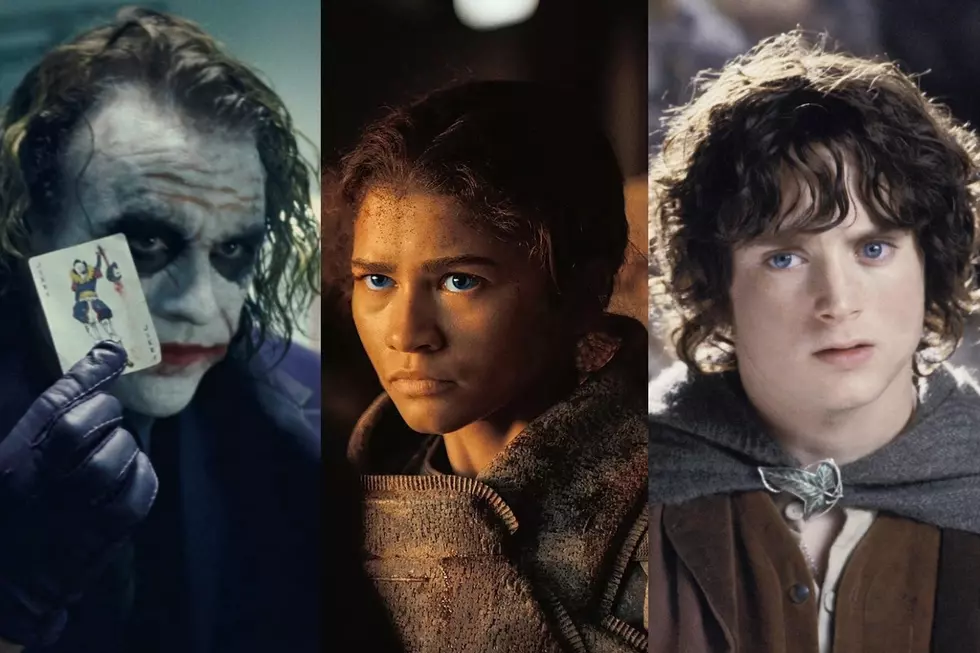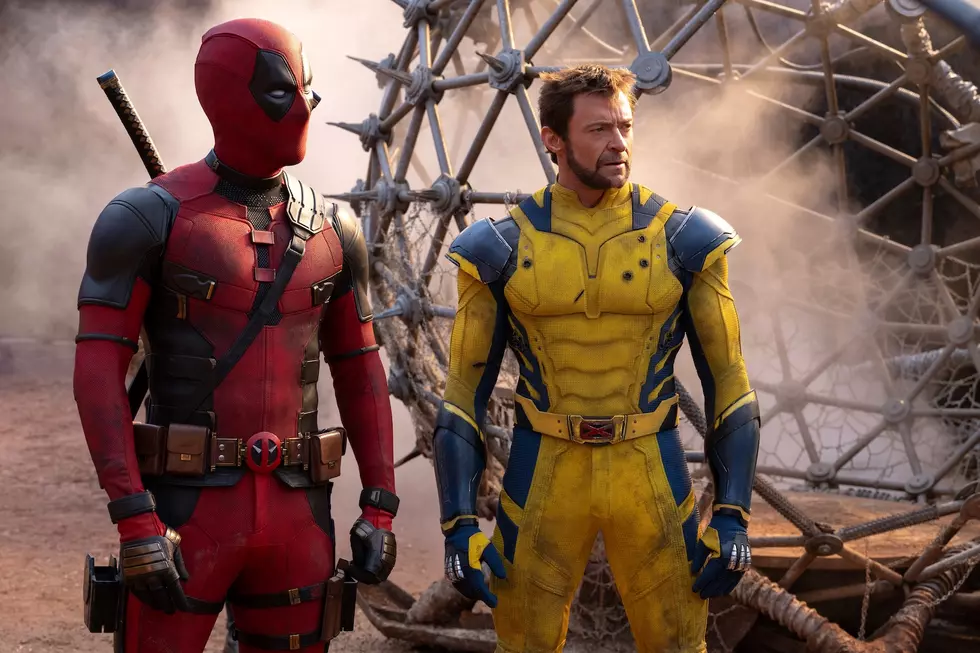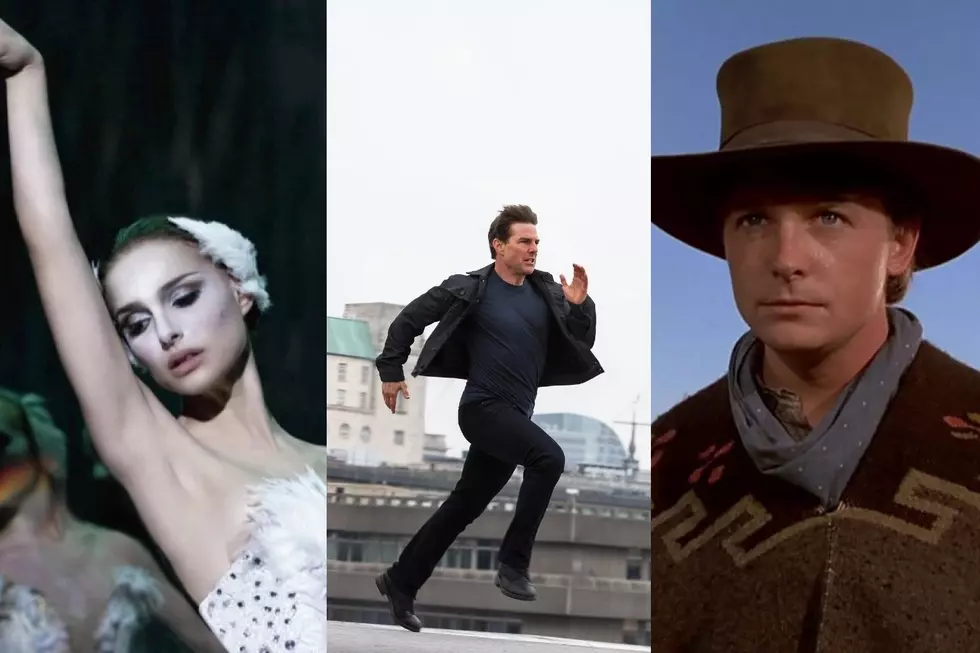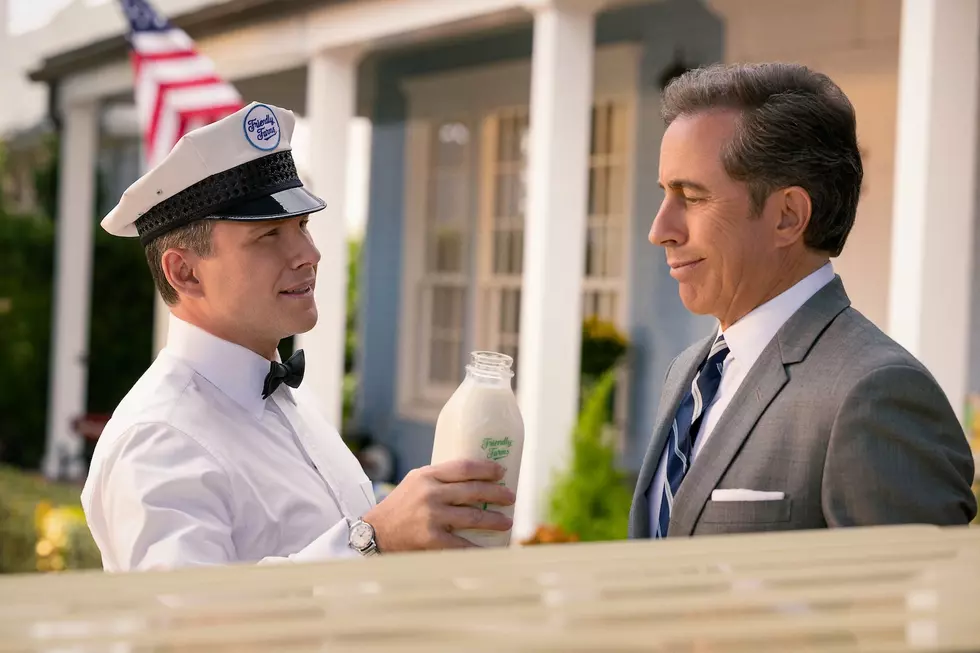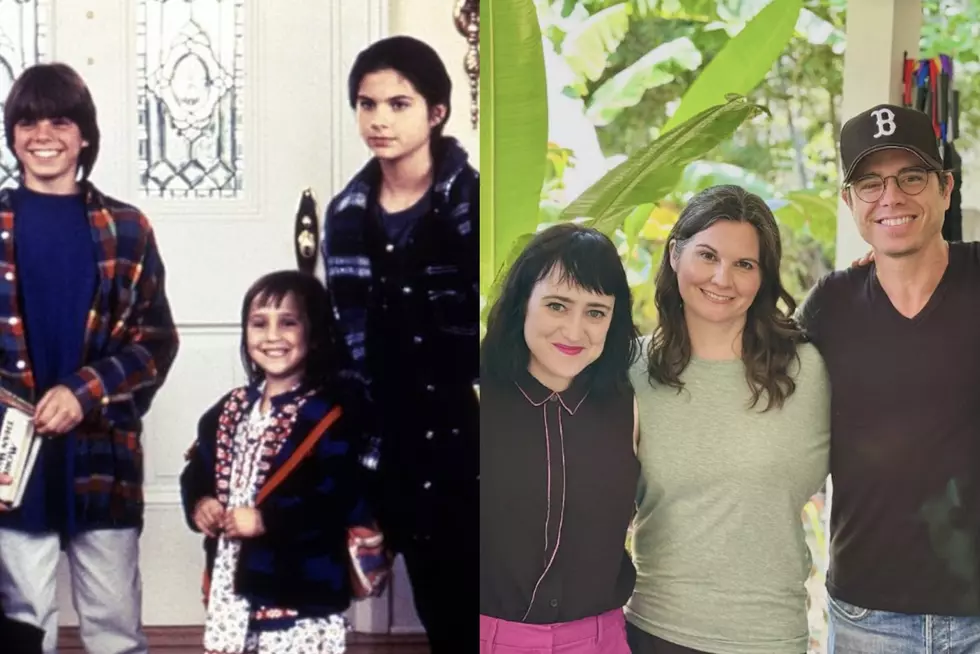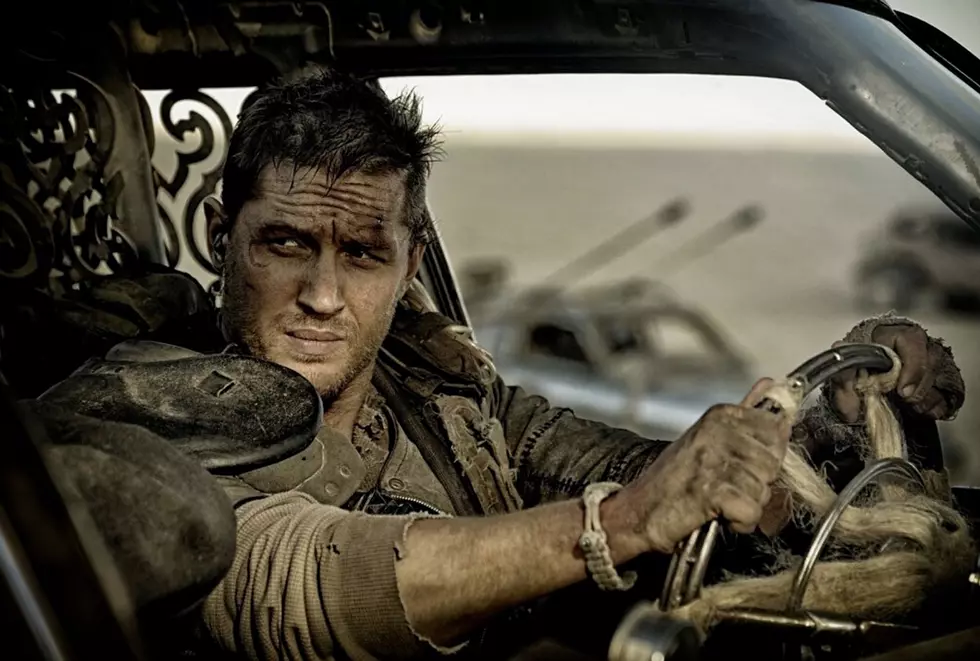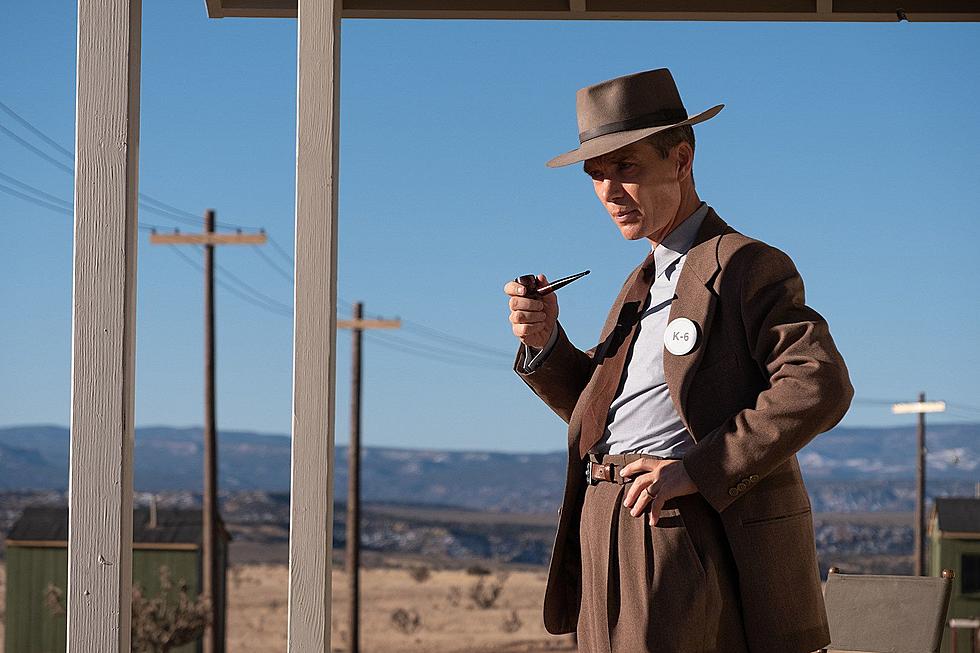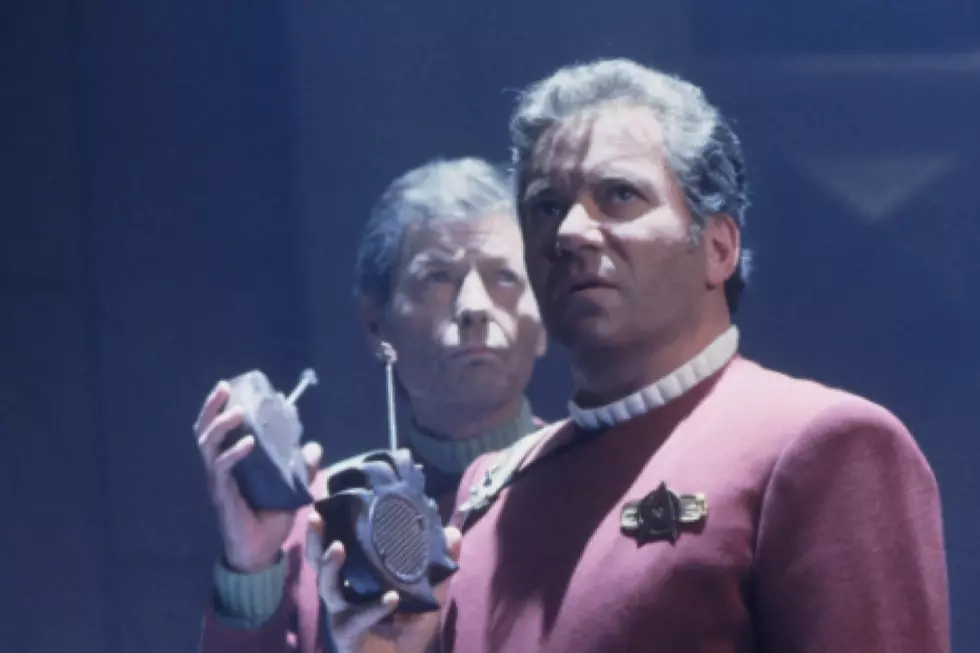
10 Director’s Cuts That Are Better Than the Original Releases
Since the beginning of the DVD era, it seems that every movie comes to the home market in an “Unrated Edition” or an “Extended Version,” with often superfluous scenes that make the movie drag on for no particular reason. When it comes to film editing, “more” is usually a bad thing – even if it is an enticing concept for super fans.
Then there is the concept of a “Director’s Cut,” which usually just means “the long version,” but sometimes signifies an edition of a film that hews closer to the director’s original vision than the theatrical version that was approved by the movie studio. Because these cuts were revisions of the editions that played in theaters, 1980s home video releases were the first realm where they began to see release – before becoming more popular in the digital age.
Although many director’s cuts are a mixed bag (there’s a reason editors and directors are rarely the same person on a film), some versions prove the director really knew what he was doing and the studio would have done better to ignore the test screenings, market data and time constraints. Here are 10 director’s cuts that top the original releases.
- 1
'Blade Runner'
('The Final Cut,' 2007)There's no better place to begin than the movie that popularized the idea of a director's cut. Nearly a decade after the landmark sci-fi movie first hit theaters, a lucky few fans were able to see a "workprint" version originally used for 1982 test screenings and which significantly differed from the final release (i.e. – no narration from Harrison Ford and no happy ending). Although director Ridley Scott had not approved this version (which was unfinished and featured parts of the 'Planet of the Apes' score), Warner Bros. incorrectly marketed these screenings as a "director's cut." The intrigue surrounding alternate versions of the film encouraged the studio to release a more polished, Scott-sanctioned "director's cut" on home video in 1992 – even though he only gave notes on the project and did not supervise it himself. The director didn't get to actually do that until the aughts, when he oversaw what he considers to be the definitive version of 'Blade Runner,' the so-called 'Final Cut.' We have to agree with Scott, who preserved the dream sequences, axed the narration and pumped up the violence (which had been more extreme in the original European release). He also fixed technical glitches, added to the philosophical complexity of the film and killed the happy ending – thus giving one to fans of this visionary marvel. It would be far from the only time that Scott released an alternate edition of his films (see: 'Alien,' 'Kingdom of Heaven,' 'The Counselor,' etc.)
Warner Bros.Warner Bros. - 2
'Almost Famous'
('Untitled: The Bootleg Cut,' 2001)When Cameron Crowe released his 'Bootleg Cut' of 2000's 'Almost Famous' in a 2001 deluxe DVD set, he was careful not to call it a director's cut. He was contracted to keep the theatrical release to two hours and he stood by that version – a supremely great movie that only seems unfinished after you watch the 164-minute edition. Unlike 'Blade Runner,' the movie doesn't change meanings or endings, you just feel everything a little deeper, from the intra-band turmoil to the salesmanship of rock to the absolute joy this silly music brings to the people who love it so much. There's not a word of extra dialogue in my favorite extended scene from 'Untitled,' which allows Kate Hudson's captivating Penny Lane precious extra seconds to soak up the afterglow or a rock concert to the sound of Cat Stevens's 'The Wind.' The only great scene that didn't make the cut: Crowe's legendary tribute to 'Stairway to Heaven,' included as a D-I-Y bonus feature because handing over the rights to the song caused too much of a bustle in Zeppelin's hedgerow.
DreamWorksDreamWorks - 3
'Aliens'
('Special Edition,' 1992)When James Cameron followed in Ridley Scott's footsteps to make the second movie in the 'Alien' franchise, he also seemed to adopt Scott's knack for alternate cuts. When 1986's 'Aliens' made its broadcast television premiere in 1989, Cameron added scenes that had been cut from the theatrical release, including a suspenseful sequence in which the marines set up sentry guns to stave off an alien onslaught. When the film made its debut on Laserdisc in 1992, the director included the TV extras along with some other scenes (which had remained incomplete due to lack of special effects in '86), upping the total run time by 17 minutes. Although you can debate the merits of seeing Newt's family before Ripley and the gang get there, everything else ups the action, suspense or emotion – such as Ripley finding out that her daughter had died in the time she was away. The extra footage has remained in every subsequent 'Aliens' DVD/Blu-ray release.
20th Century Fox20th Century Fox - 4
'Touch of Evil'
('Restored Version,' 1998)No true director's cut of Orson Welles's noir classic exists because, after the auteur turned in his first version, Universal altered the cut by removing scenes and replacing them with ones shot by another director. Welles saw what the studio had done and issued a 58-page memo detailing alterations that would result in the best possible movie. Almost all of his advice went ignored (as did 'Touch of Evil' when it was put out as a B-picture in 1958). But film editor extraordinaire Walter Murch was able to use the Welles memo to recreate this great movie according to his specifications (and relying as little on the reshoots as possible). This 'Restored Version' was released in theaters and on DVD in 1998, reviving the film's reputation as one of Welles's great works. 'Touch of Evil' now crosscuts between the action and is able to let its unbroken, three-minute opening scene play without credits. It's the way it always should have been.
Universal PicturesUniversal Pictures - 5
'Brazil'
The boxed sets devoted to 1985's 'Brazil' – released by the Criterion Collection on Laserdisc, DVD and Blu-ray – serve as an alarming lesson on how the entire meaning of a movie can be changed in the editing suite. After Terry Gilliam's steampunk satire on the nastiness of bureaucracy tested poorly at American screenings (partially due to the dark finale), Universal Pictures attempted to lighten the movie's mood by removing the final reveal that Sam's happy ending is only in his imagination. At the last minute, Gilliam was able to convince the studio to agree to a compromise – a shortened version that managed to preserve his dank vision of society. That 132-minute version is what American audiences saw, and although it's better than the nonsensical 94-minute "Love Conquers All" version that Universal prepared (and even sold to broadcast television), Gilliam's 142-minute cut is the most detailed and interesting take on the nature of evil.
Universal PicturesUniversal Pictures - 6
'Blood Simple'
('Director's Cut,' 1998)It's not often that a director's cut improves on the originally released film by making it shorter, but then the Coen Brothers aren't your usual filmmakers. Following the mainstream success of 'Fargo,' Joel and Ethan Coen returned to their first movie, which they tightened by three minutes with the shortening of some scenes and removal of others. Going from 99 to 96 minutes, this off-kilter thriller became even tauter. In addition, the Coens restored the use of the Four Tops' 'It's the Same Old Song' in the film. The original, 1984 theatrical release featured the Motown classic – an indelible part of the movie, which can be said for most music in Coen films, because it signifies Meurice's sly act of defiance at the cowboy bar. The scene (and the end credits) just didn't work the same way when the song was changed, because of rights issues, to Neil Diamond's 'I'm a Believer' for home video. The brothers even had a little fun with the idea of a director's cut by tacking on an inside joke: an introduction by fake film historian Mortimer Young, who lets viewers know that "the boring bits" have been edited out of this version. Oh, those Coens...
MGMMGM - 7
'Terminator 2: Judgment Day'
('Special Edition,' 1993)Apparently, James Cameron thinks all of his movies should be 17 minutes longer. Not long after adding that amount of footage to the original version of ‘Aliens’ for a home video release, he spliced the same amount of scenes into the ‘Special Edition’ of ‘T2’ for Laserdisc and VHS, with similar success. Most of the scenes add extra layers to the characters. We get to experience more of the bond between the T-800 and John Connor, we see Sarah’s long nightmare that includes a vision of Kyle Reese (Michael Biehn) and we watch Miles Dyson tell his wife about the good work he believes he’s doing with the Skynet chip. But the coolest addition to this edition is the extra footage of the T-1000 in the steel mill. It seems that even this advanced Terminator has a glitch; after he’s been shattered, he struggles with his morphing capabilities. His arm takes the colors of a guard rail and his feet begin to mesh with the metal floor. Finally the unstoppable machine seems a little bit vulnerable – and just in time for him to say “Hasta la vista” courtesy of a vat of molten steel.
TriStar PicturesTriStar Pictures - 8
'The Wild Bunch'
('The Original Director's Cut,' 1995)Ten addition minutes might not turn a bad film into a good one, but it can certainly make a great one even greater. That’s what happened when American audiences were finally able to see the 145-minute version of Sam Pekinpah’s ‘The Wild Bunch,’ more than 25 years after its initial release. Curiously, for a film known for its intense violence, the original version of the landmark western wasn’t trimmed by Warner Bros. for content, but rather to allow more screenings at theaters. When the 10 minutes was added back in for a ’90s re-release, the R-rated movie suddenly got a NC-17 stamped on it, even though none of the extra footage was explicit. The reason: the extended version emphasized the young and innocent bystanders, which upped the consequences of the screen violence. That visceral impression is exactly what Pekinpah wanted his film to create, which means that the title “director’s cut” perfectly suits this edit. It also fleshes out the film through two flashbacks and a scene that establishes Crazy Lee is Sykes’s grandson.
Warner Bros.Warner Bros. - 9
'The Big Red One'
Writer-director Samuel Fuller envisioned making one of his most personal movies with ‘The Big Red One,’ about the 1st Infantry Division (of which Fuller was a part) fighting in World War II. What an insult it was when Lorimar hacked his war epic down to 113 minutes for a 1980 theatrical release that robbed it of so many of the firsthand particulars Fuller had wanted to preserve from his wartime experience. Following Fuller’s death, critic and filmmaker Richard Schickel worked with the director’s original script to create ‘The Big Red One: The Reconstruction.’ The film debuted at Cannes with 15 new scenes, 23 extended ones and a 162-minute running time. There are more battle scenes (including a longer D-Day landing), there’s more time with star Lee Marvin (always a good thing) and there are more intricate details (such as the soldiers who place condoms on the firearms to protect them from water). Schickel gave fans the deeply personal film Fuller had always wanted them to see.
Warner Bros.Warner Bros. - 10
'The Empire Strikes Back'
('DVD Special Edition,' 2004)While the special editions of the other two ‘Star Wars’ films are controversial (if not outright despised), George Lucas actually got it right when he made changes and additions to the best movie in the franchise (both for the 1997 theatrical re-release and the 2004 DVD release). The Wampa became more than a barely glimpsed hand puppet (with a great-looking, non-CGI monster intercut with the original Hoth footage). Cloud City became more than a white hallway (with an approach scene and inserted windows that showcased Lando’s majestic city in the clouds). And the Emperor was finally played by the same guy in the other movies (Ian McDiarmid filmed a new scene for Palpatine’s conversation with Darth Vader). Just about everything in the ‘Special Edition’ of ‘Empire’ adds to the quality, scope and continuity of the series. Of course, the same can't be said for silly things like Greedo shooting first...
LucasfilmLucasfilm
More From ScreenCrush
